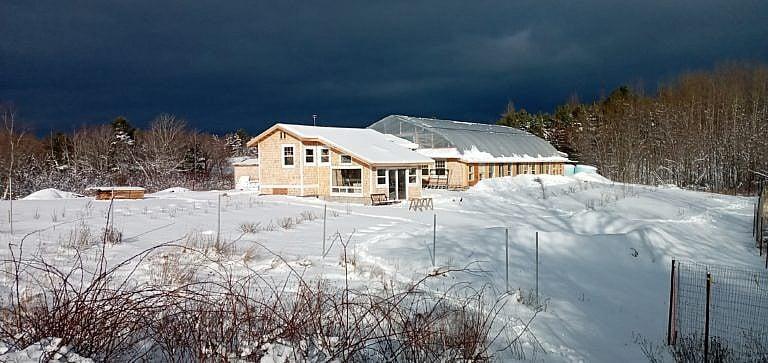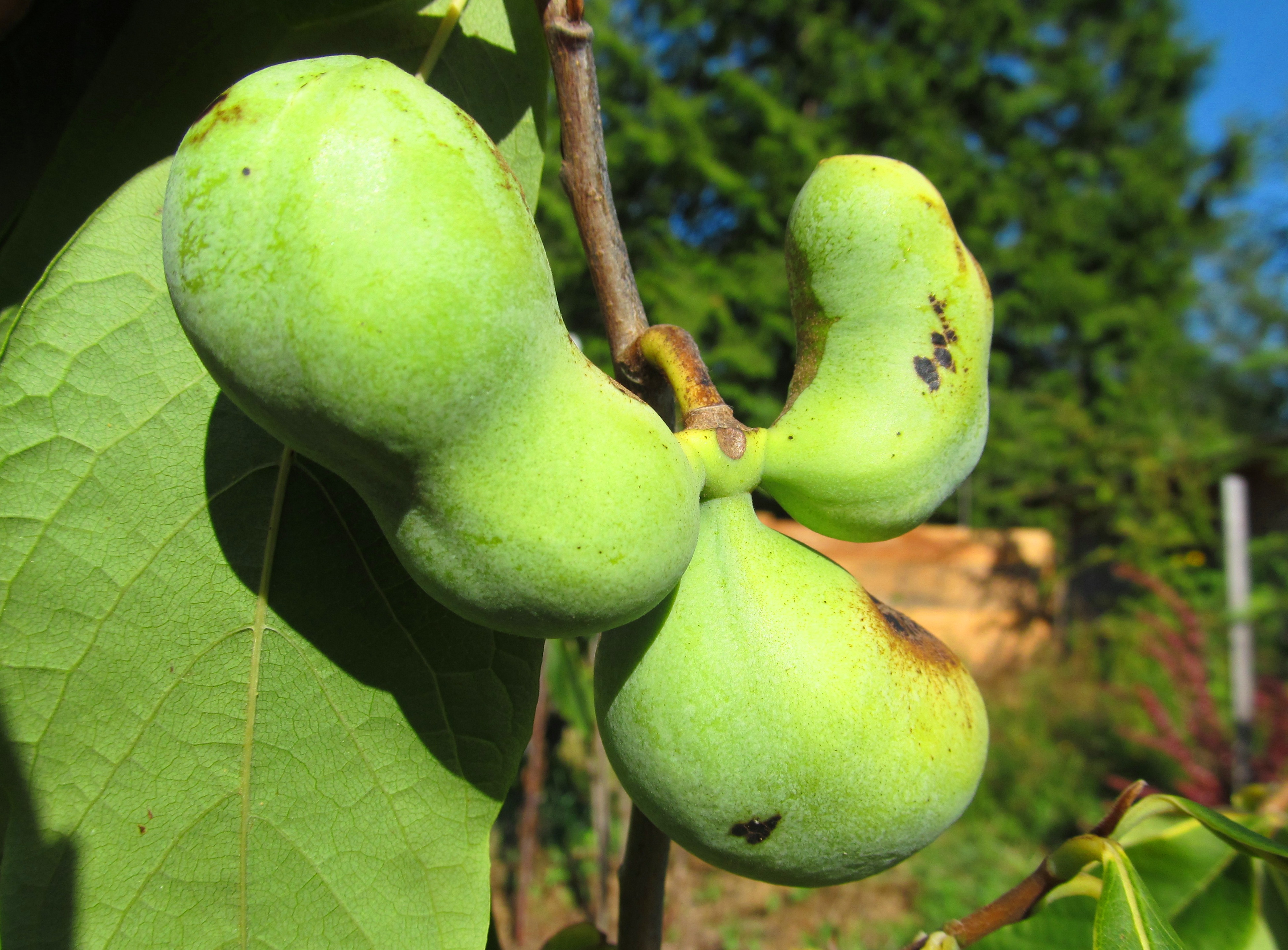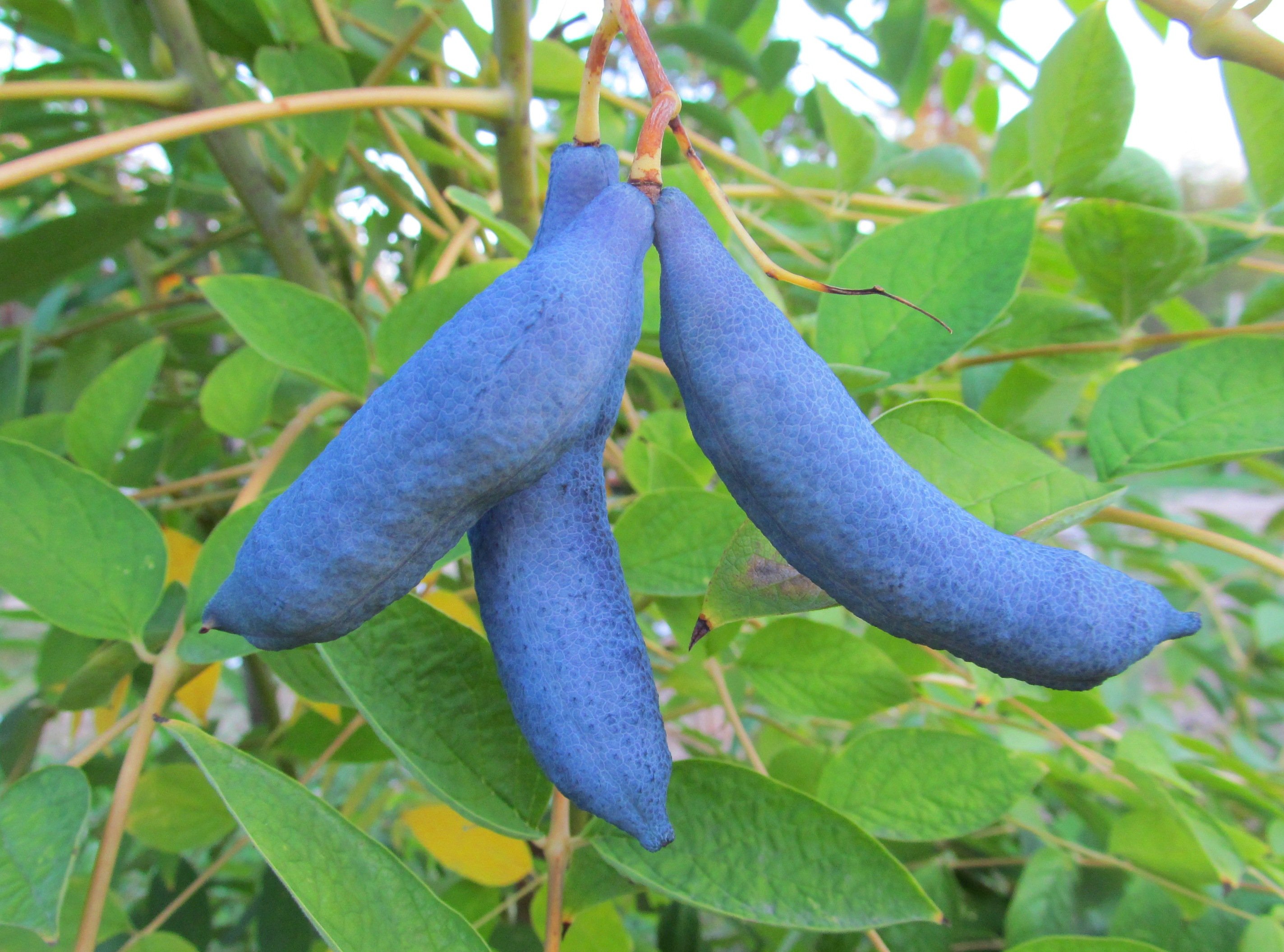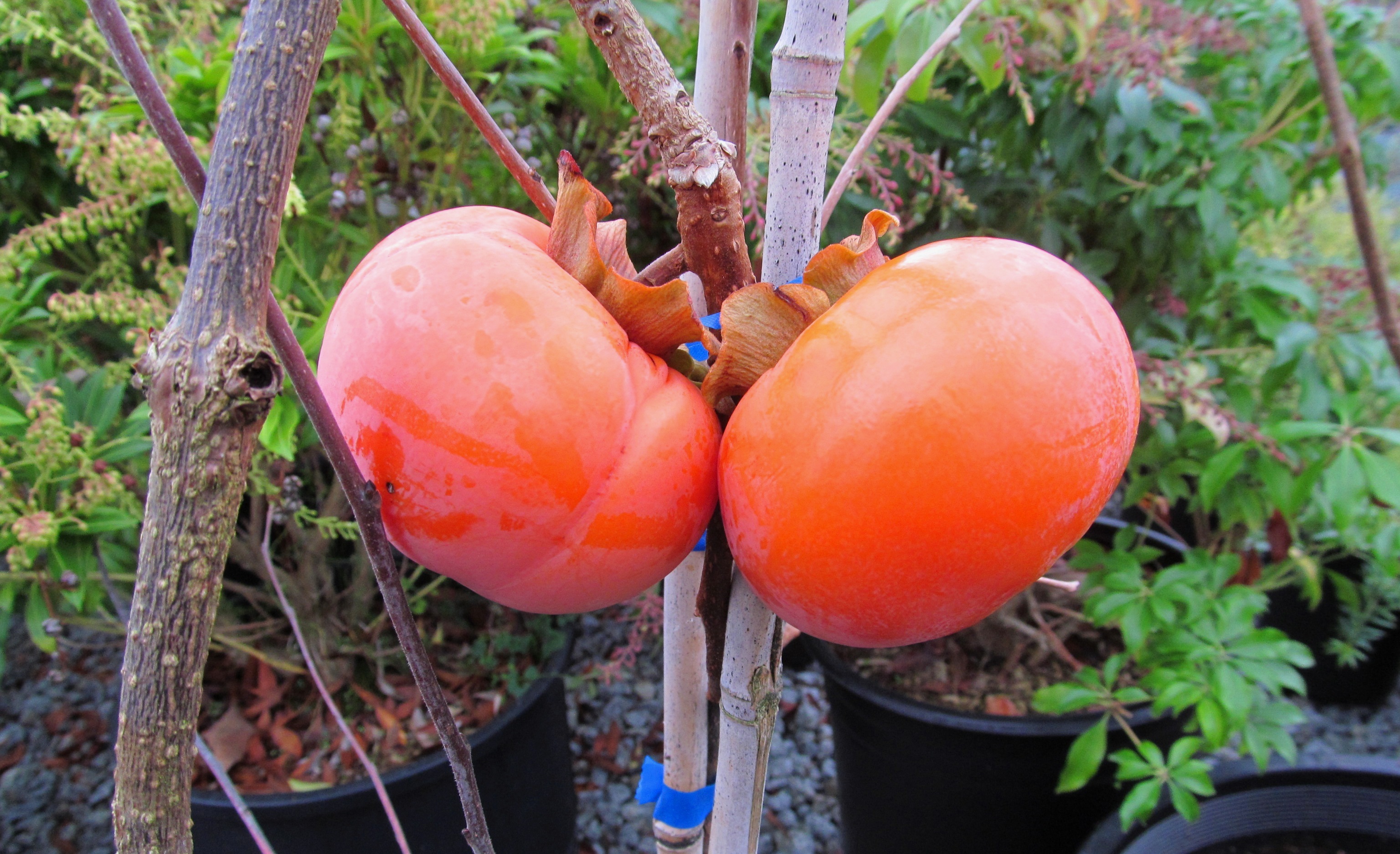This woman built a greenhouse that grows eye-catching exotic fruits—in Nova Scotia
Annette Clarke’s nursery is expanding the definition of what’s growable out east

Share

Tart Chilean guava berries, plump persimmons the size of tomatoes, and pods of blue sausage fruit, also known as dead man’s fingers. This list sounds like an inventory of the world’s most magical fruit aisle, but in fact, all of this exotic produce (and more) is currently sprouting in a massive greenhouse located just outside of Lunenburg, Nova Scotia. Exotic Fruit Nursery, an operation built and run by biologist turned entrepreneur Annette Clarke, specializes in fruit varieties native to Europe, Australia and Southeast Asia, but it’s also expanding what the “hundred-mile diet” means to hungry East Coasters.
Clarke acquired her penchant for unique fruits in childhood, during a family vacation to Lake Garda, Italy. She remembers climbing a tree loaded with sweet, ripe figs and eating them right off the branches. “They tasted almost like honey,” she says. “It was an incredible taste that I never forgot.” Clarke, who is originally from Neuss, Germany, first visited British Columbia in the late ’90s, while conducting fieldwork for her forestry and soil science master’s degree from the University of Bonn. She put down roots in the province after meeting John, her future husband, and they settled with their son, Nicholas, in Roberts Creek, a town on the Sunshine Coast. Clarke taught environmental education at public schools and ran a hobby farm, selling run-of-the-mill produce (like tomatoes and cucumbers) at local farmers’ markets in her spare time.
Her passion for exotic fruit kicked up again in 2012, when she discovered a book called Uncommon Fruits for Every Garden by Lee Reich. Clarke read about the pawpaw, a mango-shaped fruit that tastes like banana pudding and is indigenous to the eastern United States. Hell-bent on growing some herself, Clarke contacted online seed sellers and nurseries across the province and throughout the U.S. “I’m a typical German: a bit excessive when it comes to research,” she jokes. “When I learn about something, I want to know everything—150 per cent.” Eventually she found a nursery near Coquitlam that was willing to part with its plants. She made the two-hour trek to bring them home.

Her first pawpaw crop may have been underwhelming —“Horrible, like eating under-ripe bananas”—but a determined Clarke spent years perfecting the delicate art of growing unusual plants on Canadian soil. For a while, she successfully brought flying dragon citrus and gingko biloba trees to maturity. But by 2015, Roberts Creek started issuing water restrictions that made it difficult for Clarke to maintain her growing operation. Then came the forest fires. “The sky was dark red and you couldn’t breathe,” she says. Seeking refuge from looming climate disasters, Clarke sold her land in 2021, purchased a 33-acre property just outside of Lunenberg (sight unseen) and headed across the country, with cuttings, seeds and her son in tow.
Upon arrival, Clarke embarked on her biggest build yet: a 40-by-60-foot greenhouse funded by the profits from the sale of her B.C. home. With Nicholas’s help, Clarke dug a massive pit, laid down gravel for drainage purposes and poured concrete into the trench. She spent $38,000 on the nursery’s mammoth galvanized-metal superstructure, which the duo covered in a double layer of seven-millimetre polyethylene plastic. (When inflated, it resembles a big balloon.) The build came with what Clarke describes as a “rat-tail of problems.” The initial blueprint was missing measurements. Then, a boom truck from a local construction company was needed to safely lift the greenhouse’s arches into place, and Clarke had to manually drill in holes that were conspicuously absent from the building’s steel frame.

All the work was worth it, though. More than 65 exotic fruit varieties, including yuzu and pineapple guava, now bloom in Clarke’s greenhouse. Every day, she manually opens the roof—using a complex pulley system—to make sure her beloved plants aren’t cooked by the sun, and waters them by hand. In the event the outside temperature drops below minus-10 degrees Celsius, Clarke turns on her propane heater and and lovingly wraps her plants in burlap to help protect them from the cold. “If you don’t maintain them properly for one day, they’ll die,” she says. “It’s almost like having a pet.”


At the moment, visits to Clarke’s greenhouse are by appointment only, and she sells her produce to a small list of private clients. But Exotic Fruit Nursery is on track to open to the wider public this spring, and Clarke says she’s already received a warm welcome from her East Coast neighbours. Her greenhouse has already appeared on the front page of the local newspaper, and Clarke recently received an invite to deliver a speech at a garden club in Halifax.

Eventually, she hopes to open a gift shop that sells fruit-inspired jewellery and launch tastings to educate locals about growing patterns, the environmental impacts of pesticide use and what’s possible to grow in their home province—a list that’s changing right along with the climate. Thanks to her, it now includes persimmons that taste like pudding parfaits and juicy, watermelon-esque blue sausage fruits. “It’s not just about picking up a piece of fruit and eating it,” she says. “It’s about getting people to think, Where does this come from?”